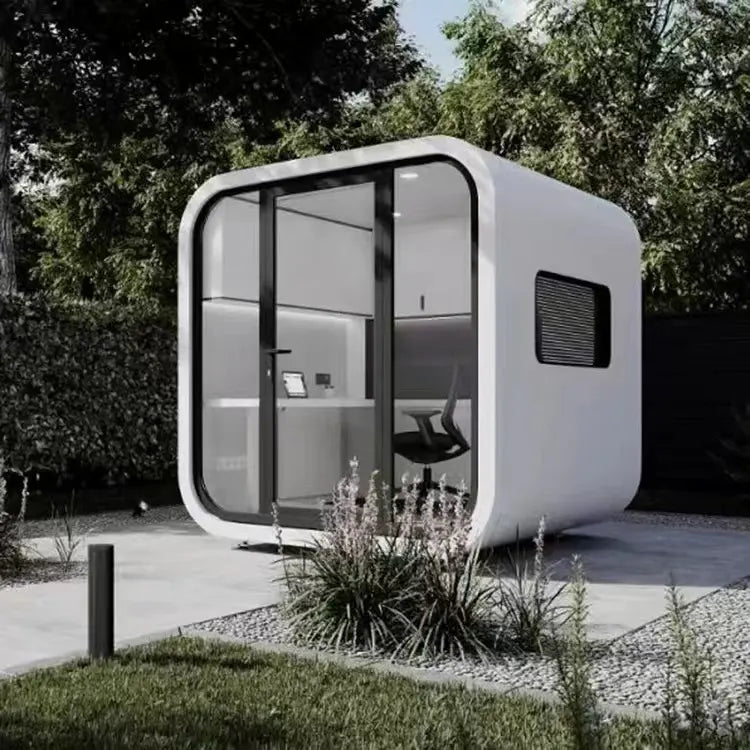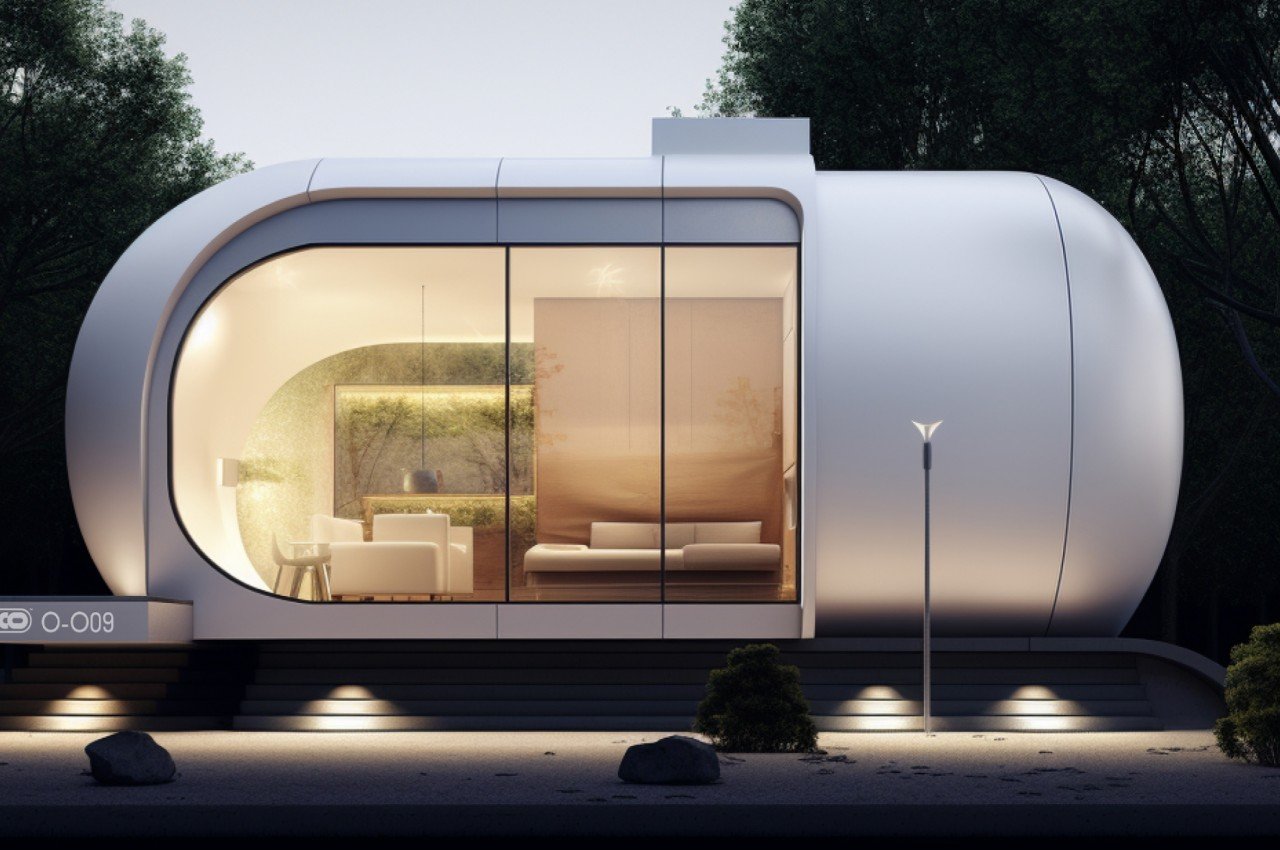Why Hohabitats Modular Home Is the Future of Sustainable Housing
Why Hohabitats Modular Home Is the Future of Sustainable Housing
Blog Article
Uncomplicated Homebuilding With Modern Modular Home Layouts

Benefits of Modular Home Layouts
Modular home layouts supply various benefits that make them an enticing option for several property owners. Among the key benefits is cost-effectiveness. Due to the fact that modular homes are created in a factory setting, home builders can streamline the procedure, lowering labor and product costs, which often equates to lower rates for purchasers.
In addition, modular homes are recognized for their rate of building. pod homes. The controlled environment of a factory permits reliable setting up, allowing home owners to relocate right into their brand-new house rather than conventional building approaches would enable
Energy effectiveness is one more significant advantage. Lots of modular homes are created with lasting materials and energy-efficient systems, resulting in reduced utility bills and a reduced environmental footprint.
In addition, modular layouts use a high degree of personalization. Home owners can commonly choose from various designs, materials, and finishes, making certain that their home fulfills individual preferences and way of life needs.
Last but not least, modular homes are constructed to fulfill extensive building codes and criteria, guaranteeing toughness and safety and security. Generally, the combination of cost, rate, quality, performance, and personalization makes modular home styles an eye-catching alternative for a large range of buyers.
The Modular Construction Refine
The modular building procedure involves an organized method that dramatically varies from typical building techniques. This cutting-edge method starts with the layout and design phase, where plans are created making use of advanced software application to make certain precision. When accepted, the construction of modules happens in a controlled factory setting, allowing for efficient setting up and quality assurance. Each component is constructed with the same materials and standards as a site-built home, consisting of insulation, electrical wiring, and plumbing systems.
As the modules are constructed, the site preparation can happen concurrently, consisting of foundation work and utility setups. This parallel process greatly reduces the overall timeline for conclusion. When the components prepare, they are transferred to the building site, where they are craned into position and securely joined with each other.
The final phases include completing touches, such as outside home siding, roof covering, and indoor detailing. This streamlined strategy not only lessens construction waste however likewise boosts energy effectiveness via well-coordinated building techniques. Overall, the modular construction procedure uses a faster, economical, and environmentally friendlier alternative to standard home structure.
Modification Options Available
Exploring modification alternatives in modular home styles permits homeowners to customize their living rooms to their distinct preferences and way of lives. Among one of the most attractive facets of modular homes is the adaptability they use in layout and design. Home owners can pick from a variety of layout, ranging from open-concept rooms to much more traditional designs, ensuring that the home fits their details requirements.
Along with architectural alterations, customization includes aesthetic components. Property owners can select from a considerable combination of materials, shades, and coatings, consisting of cabinetry, counter tops, floor covering, and house siding. This degree of customization makes it possible for residents to create a natural layout that reflects their private design.
Moreover, modular homes can incorporate energy-efficient functions and clever technology alternatives. Homeowners can go with photovoltaic panels, energy-efficient home windows, and progressed home heating and cooling systems, adding to both convenience and utility savings.
Lastly, lots of manufacturers offer the chance to add distinct components, such as built-in shelving, customized wardrobes, or outside living areas. This thorough series of customization options makes certain this that modular home layouts can be as distinct and useful as the households who inhabit them.
Sustainability in Modular Homes
Sustainability is a vital factor to consider in contemporary home building, and modular homes are increasingly developed with environmentally friendly methods in mind. These frameworks minimize waste through reliable manufacturing processes, as components are produced in a regulated environment (pod homes). This not only decreases the amount of material thrown out during building however also lowers the carbon impact connected with standard building approaches
Modular homes frequently incorporate lasting materials, such as recovered timber, recycled steel, and low-VOC paints, which add to healthier indoor air high quality. Furthermore, several styles incorporate energy-efficient systems, consisting of photovoltaic panels, progressed insulation, and high-performance home windows, which lower power usage and utility prices gradually.
The modular construction method likewise enables for much better preparation of power use and resource management throughout the structure lifecycle. By utilizing premade components, home builders can considerably minimize transport discharges, as products are supplied wholesale to the site.
In enhancement, the adaptability of modular homes enables future upgrades, browse this site making sure that property owners can modify their living rooms to include much more sustainable modern technology as it appears. Overall, sustainability in modular homes stands for a forward-thinking approach to ecologically liable living.
Cost-Effectiveness of Modular Building
Modular homes not only focus on sustainability yet also provide substantial cost-effectiveness contrasted to traditional building techniques - pod homes. Among the primary financial benefits is the reduction in labor expenses. Since a substantial section of the building and construction process takes place in a regulated manufacturing facility environment, labor effectiveness is enhanced, bring about lower total costs
Furthermore, using standard products and styles lessens waste, leading to expense financial savings that can be handed down to customers. The time financial savings linked with modular building likewise add to its cost; projects can be finished in a portion of the time it takes for conventional builds, enabling homeowners to relocate in quicker and start gaining from their investment.
Additionally, modular homes frequently integrate energy-efficient attributes, which can cause reduced energy bills with time, additional boosting weblink their cost-effectiveness. Financing alternatives for modular homes are likewise ending up being more positive, with several loan providers identifying their value and security.
Final Thought
In verdict, modern-day modular home designs present a transformative strategy to homebuilding, defined by personalization, performance, and sustainability. Ultimately, modular homes stand for a forward-thinking solution that deals with contemporary housing demands and promotes an extra lasting future in residential building.

Report this page